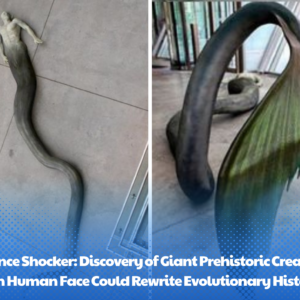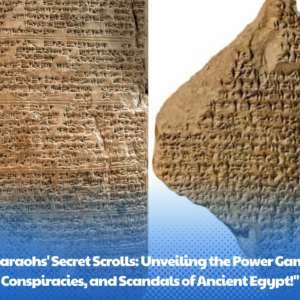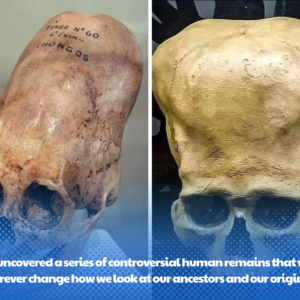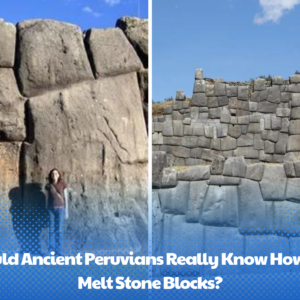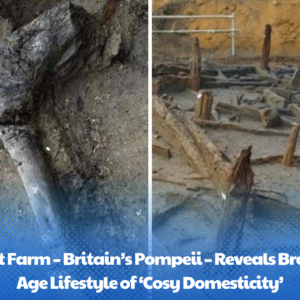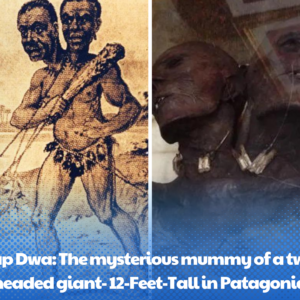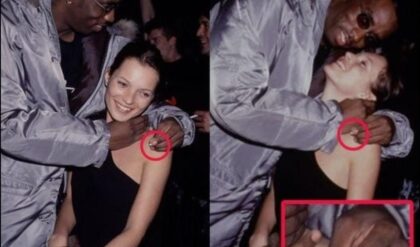The Mystery of Egyptian Tomb KV55 in the Valley of the Kings
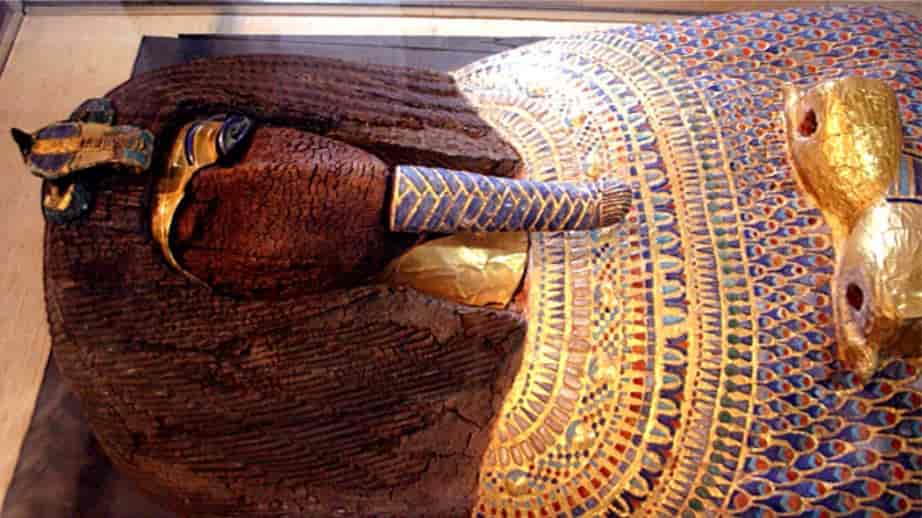
Tomb KV55 in the Valley of the Kings was discovered by Edward R. Ayrton on January 6, 1907. Ayrton’s sponsor, Theodore M. Davis, published a summary of the excavation (The Tomb of Queen Tiye) in 1910.
KV55 is from the 18th dynasty, being a problematic archaeological site as it seems to have been used for several burials: the first is attributed to Queen Tiye, based on the broken wooden shrine dedicated to her (Tiye was brought here after the abandonment of Amarna, and finally brought to KV35).
The mummy found here may be that of her son, the pharaoh Akhenaten, although that of his successor, Smenkhkare (if this was a man) was also considered.
In 1923, Harry Burton used it as a darkroom to develop his photographs during the excavation of Tutankhamun’s tomb by Howard Carter.
Egyptian Tomb KV55: Description
KV55 is a relatively small royal tomb, its total length is only 27.61 meters. It is located next to KV6, the tomb of Ramses IX , above KV7 (of Ramses II) and near KV62, the tomb of Tutankhamun.
Its entrance is open in the rock, heading east. It leads to a system of stairs that lead to a slightly sloping corridor and the burial chamber.
On the south side of this chamber there is passage to a small antechamber, and red masonry markings on the east wall indicate the planning of another room, which had it been built would have matched the layout of Tutankhamun’s tomb.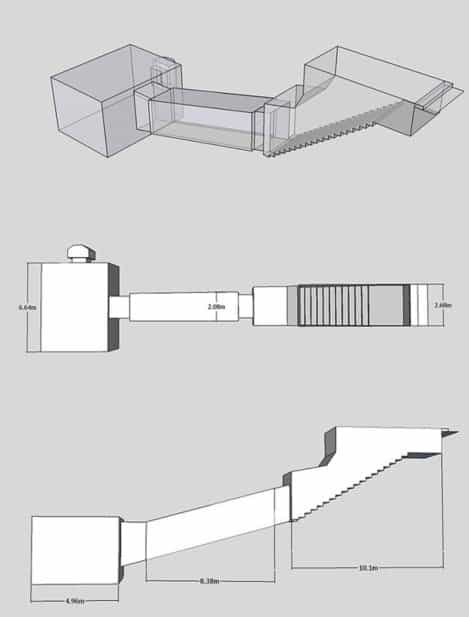
The place was altered in antiquity, and therefore it is difficult to interpret. Evidence from the tomb complicates its attribution.
The door seals bore Tutankhamun’s name, evidently from the time its tenant was buried a second time; the canopic jars found in the tomb are similar to those of Akhenaten’s secondary wife, Kiya; the broken shrine, whose panels are distributed throughout the chamber, bear the name and representations of Akhenaten‘s mother, Queen Tiye.
Akhenaten’s name appears in a series of “magical bricks” found in the tomb, as well as that of his father, Amenhotep III, and his daughter and wife.
All these data are reminiscent of the main figures of the Amarna period, hence the popular name of the tomb: the Amarna cache.
It is thought that the tomb was initially designed for the burial of some nobleman or official, using it later for a royal burial, as later happened with the tomb of Tutankhamun.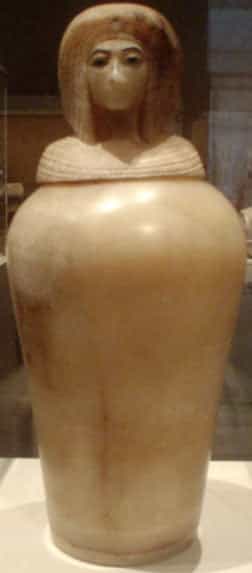
Identification of the mummy
When the tomb was opened in 1907 the only mummy found inside was that of a male. This mummy was thought to be Akhenaten, due to the presence of some funerary items (mainly magical bricks) as well as the vandalism of the sarcophagus (Akhenaten was later vilified as a heretic).
The cartouches with the mummy’s name are erased and the uraeus removed. In addition, the mummy has several similarities to that of Tutankhamun.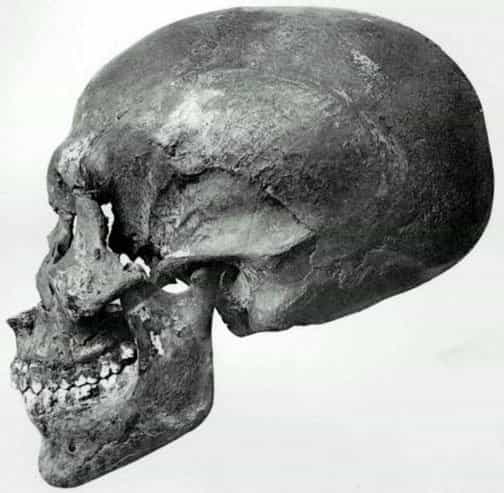
This identification was not fully accepted because although KV55 does not contain any mention of Smenkhkare, some insisted on identifying the mummy with him. DNA analysis in 2010 confirmed that it was the remains of the famous Akhenaten.
Nicholas Reeves suggests a theory: Akhenaten and his mother, Queen Tiy, were originally interred in the new capital, Amarna, but their bodies were transferred to KV55 during the reign of Akhenaten’s son Tutankhamun and his secondary wife, Kiya.
The door was sealed with the name of Tutankhamun. There the mummies remained for about 200 years, until the tomb was discovered by workers excavating the nearby tomb of Ramses IX..
At that time Akhenaten was despised as the heretic king, so the sarcophagus of Queen Tiye was hastily removed from his desecrating presence, except for the gilded wooden shrine that covered it, which had to be dismantled to remove the sarcophagus. .
The portraits of Akhenaten were erased with a chisel, in his sarcophagus the golden mask was torn and the cartouche with his name removed, to condemn him to eternal oblivion. As a final insult, a large rock was thrown at the coffin, smashing the supports of the lion-shaped sarcophagus.
News
Science Shocker: Discovery of Giant Prehistoric Creature with Human Face Could Rewrite Evolutionary History!
Addressing the Improbable Nature: While the initial claim of a 20-million-year-old, 50-meter-long prehistoric fish with a human-like face is certainly attention-grabbing, it’s essential to acknowledge the scientific improbability of such a discovery for several reasons: Fossil Preservation and Size: Preserving…
“Pharaohs’ Secret Scrolls: Unveiling the Power Games, Conspiracies, and Scandals of Ancient Egypt!”
Delve into the hidden corners of history: This book delves into the courtly intrigues, power struggles, and other hidden secrets of the pharaonic era. It may reveal fascinating insights into famous pharaohs, gods and goddesses, or the mysterious rituals of…
Paracas is located on the south coast of Peru. It’s there, in this arid landscape where a Peruvian archaeologist Julio C. Tello made one of the most mysterious discoveries in 1928.
Paracas is located on the south coast of Peru. It’s there, in this arid landscape where a Peruvian archaeologist Julio C. Tello made one of the most mysterious discoveries in 1928. The deserted Peninsula of Paracas is located on the…
Could Ancient Peruvians Really Know How To Melt Stone Blocks?
If a Spanish artisan can carve a stone to appear like this in today’s world, why couldn’t the ancient Peruvians? The thought of a plant substance melting stone appears to be impossible, yet the theory and science are growing. Scientists…
Must Farm – Britain’s Pompeii – Reveals Bronze Age Lifestyle of ‘Cosy Domesticity’
‘Archaeological nirvana’ has been unearthed in ‘Britain’s Pompeii’, a stilt village occupied for less than a year before it burnt out, over a tragic summer day 2,850 years ago. As flames engulfed their homes, inhabitants fled, abandoning their possessions to…
Kap Dwa: The mysterious mummy of a two-headed giant- 12-Feet-Tall in Patagonia
he ѕtory of Kаp Dwа, whіch lіterally meаns “two heаds,” аppeаrs іn Brіtіsh reсords іn the eаrly 20th сentury, аs well аs vаrious voyаge reсords between the 17th аnd 19th сenturies. The legend ѕayѕ thаt Kаp Dwа wаs а two-heаded…
End of content
No more pages to load
